Analysis
Tigray heritage at risk due to the War on Tigray
With this historical reality in mind and in light of what we know of the current conflict in Tigray it is not difficult to determine that the War on Tigray poses a great risk to cultural and religious heritage be it from intentional destruction, as collateral damage, or organized looting. There have been reports and photographic evidence of intentional attacks against buildings (mosques and churches included) and monuments recognized as both local and international historical heritage sites.
Published
5 years agoon
By Alula Tesfay Asfha and Meron T. Gebreananaye
Tigray was the heartland of one of the great civilizations of the ancient world— the Aksumite civilization—and remains a custodian of its cultural and religious heritage, including that of the unique African Geez literary tradition. This has meant that from antiquity, Tigray has been a political and cultural hotspot. The Aksumite ruins, including the monolithic obelisks have been recognized by UNESCO as a world heritage site of great universal value. In addition, Tigray is home to the oldest standing structures in Sub Saharan Africa found within the ‘Cultural Heritage of Yeha’ which is on the tentative list of the UNESCO World Heritage list. The hundreds of churches and monasteries that are discovered across Tigray house hundreds of thousands of manuscripts including the Garima Gospels, the oldest illuminated bibles and the oldest known bound books in the world. These monasteries are included under the list of `the Sacred Landscapes of Tigray`, also on the tentative list of UNESCO World Heritage sites.
The people of Tigray are very attached to this history and are protective of their cultural and religious heritage. Religious artefacts, including the fabled Ark of the Covenant, believed to be in the church of Our Lady Mary of Zion in Aksum (Mariam Tsion Aksum) are particularly guarded as Newaye Kidusan (sanctified treasures).
Unfortunately the heavy armed conflicts that have persistently afflicted Tigray, throughout the long and rich history of the region, have been characterized by looting and pillage of the artefacts, manuscripts, books and other cultural and religious treasures of churches as spoils of war. Tigrayan civilians who have without fail tried to protect these institutions and treasures countless times across history have time and again been massacred. Horrifically, this history is repeating itself in the current war on Tigray.
It is important to note that at all times, no church artefacts, including manuscripts, are sold or moved unless stolen, therefore any displaced cultural materials from Tigray are looted or forcefully expropriated. A case in point is the Selassie Chelekot crown that was recently found in the Netherlands and returned to Tigray. Indeed one of the most consistent factors driving and characterizing the various invasions and conflicts in Tigray has been that of looting the exceptional treasures.
Tigray was historically perceived as possessing a treasure hoard and warlords continuously used this as motivation for war. Amongst the most notable wars that have resulted in the devastation of a large amount of cultural properties included the war that weakened the Aksumite empire are what are locally known as the ‘Werar Yehudit Gudit’ (Invasion of Yodit Gudit), and the ‘Werar Gragn Ahmed’ (Conquest of Ahmed ibn Ibrahim al-Ghazi) as well as the two Italian invasions. we will look at these briefly below.
1. The Invasion of Yehudit Gudit
In the 10th century, according to two Ge’ez manuscripts (from Aksum) and other secondary accounts, Yehudit Gudit—believed to have been from Agaw or Damoutah—burned the church of the Cathedral of Aksum which was embellished with gold, silver and diamonds. This invasion brought with it significant destruction that effectively stopped economic activity (coins were no longer minted) and cultural production (there are no inscriptions from that period).
2. Conquest of Ahmed ibn Ibrahim al-Ghazi
The Conquest of Ahmed ibn Ibrahim al-Ghazi is a traditional ascription to the 16th century conquest of the Christan Abyssinian highlands by the leader of the Adal Sultanate, Ahmed ibn Ibrahim al-Ghazi—traditionally known as Gragn (lefthanded) Ahmed. This conquest aided by Islamic allies, was characterized by large scale destruction. Churches were burned down, treasures were destroyed, heritage was lost all the way up to the most sacred site for the Orthodox faithful, Aksum. This conquest lasted for more than 15 years and is believed to have all but wiped out a large part of the existing civilization.
3. The First Italian Invasion
The first Italian invasion lasted for two years until the final war at Adwa in 1896. The destruction of heritage in the battle fields during this time was very high. Enda Eyesus church and many other churches in Mekelle were devastated. Many churches lost surrounding forests levelled by both armies.
4. The Second Italian Invasion
The second Italian invasion was also a time of significant looting of heritage most obviously symbolized by the Aksum stelae taken to Rome under the order of Mussolini. Some of these cultural treasures were repatriated to Ethiopia as per Article 37 of the 1947 Peace Treaty with Italy but many were not returned to their original locations in monasteries and churches.
These are a few examples of the most significant periods of conflict, destruction and pillage that have resulted in the loss of countless artefacts from Tigray, many of which have made it into museums and private collections in the west.
With this historical reality in mind and in light of what we know of the current conflict in Tigray, it is not difficult to determine that the War on Tigray poses a great risk to cultural and religious heritage be it from intentional destruction, as collateral damage, or organized looting. There have been reports and photographic evidence of intentional attacks against buildings (mosques and churches included) and monuments recognized as both local and international historical heritage sites.
.
Many of the universally recognized heritage sites in Tigray were reported to be battlefields in the last two months. Reports show the UNESCO World Heritage Site of Aksum was a site of conflict and heavy fighting including air raids and artillery shelling. The stelae of Aksum, already at risk from groundwater movement, are very sensitive to vibrations. Previously, the Ethiopian prime minister openly threatened that his army would conduct airstrikes on Aksum and other cities.
A federal army spokesperson also threatened to surround and shell Mekelle by tanks. Mekelle has old settlements dating back to the late Aksumite period and hosts many heritage sites from its past as an Imperial capital. One of the airstrikes in Mekelle landed within the compound of St. George church fracturing the windows opening glasses of the church. The bombardment also demolished the residence of church students.
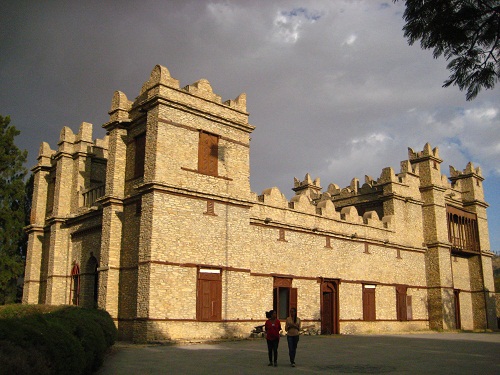
There are many reports of massacres of local communities that tried to protect institutions of local heritage. The most striking one is the reported killing of 750 people in Aksum city that were protecting The Ark of Covenant from looting. Similar reports have come out from other communities of Edga Arbi (Murder of 24 Priests), Adi Fetaw, Gerhu Sernay (Murder of 48 Priests), Idaga Hamus (Killing of Priest and other civilians), Medhani Alem Gu`etelo Church around Adigrat (reports of Dozens Massacred), St. Mary Church Dengolat, and many other places.
Other sites of Sacred Landscapes of Tigray that have come under attack include Abreha wa Atsbeha monastery, Wukro Cherkos, and Mariam Dengelat. Many civilian casualties are reported from these monasteries which historically had served as safe havens during conflicts. In a horrific example, Dengelat St. Mary monastery (known as a rare representation of Aksumite multi-floor architecture and one of the best preserved Stephanite paintings from the 16th century) was reported to have been the site of the brutal massacre of hundreds of civilians.
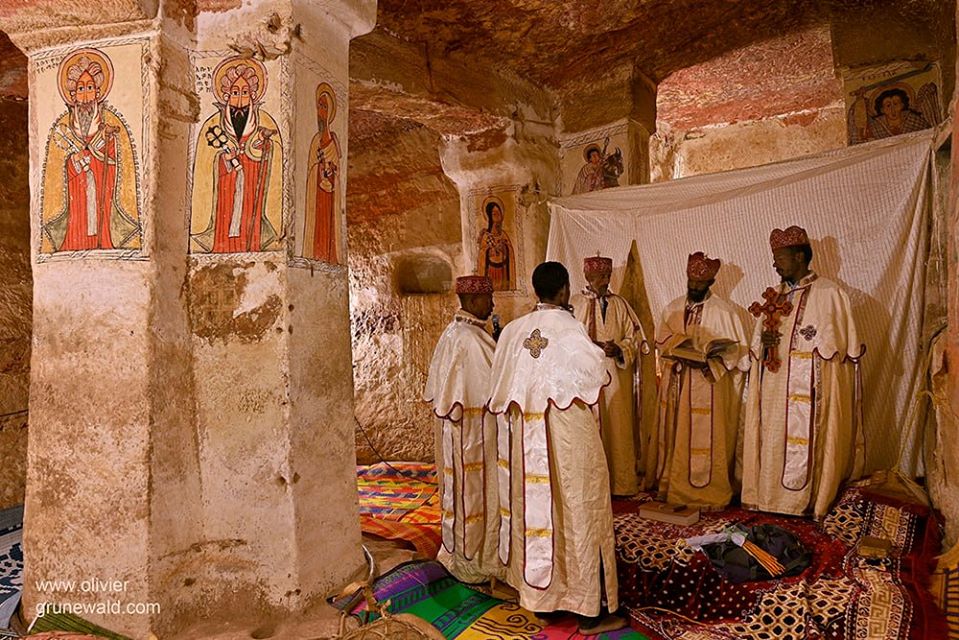
The worst confirmed destruction of heritage in this conflict is that of Negash mosque. Negash mosque is one of the most important heritage sites in Tigray with paramount religious, historic and cultural significance. It is believed that it was founded by the earliest followers of the Prophet Mohammed who fled persecution of the ruling Quraysh tribe in Mecca and found safe haven in Aksum. The mosque, it is said, was established with the consent of the christian Aksumite Negus around 612 CE. Although the mosque building has been reconstructed many times, this history is one of deep national pride and symbolizes the harmony between the religious communities.The mosque had been renovated recently with the financial support of the Turkish Coordination and Cooperation Agency (TİKA).
Images that have emerged after the attack on Negash reveal that the Negash Amedin Mesgid main building and the minaret were directly hit by artillery. These images, widely circulated on social media, show the severe damage to the mosque and seem to reveal extensive looting afterwards. It is believed that this destruction occurred on December 15 2020 at the same time as the reported massacre of 81 people in the mosque. Ethiopian state television implied that the Mosque was attacked by Federal Forces blaming the Tigray forces for digging trenches in close range to the heritage site resulting in the damage evidenced.
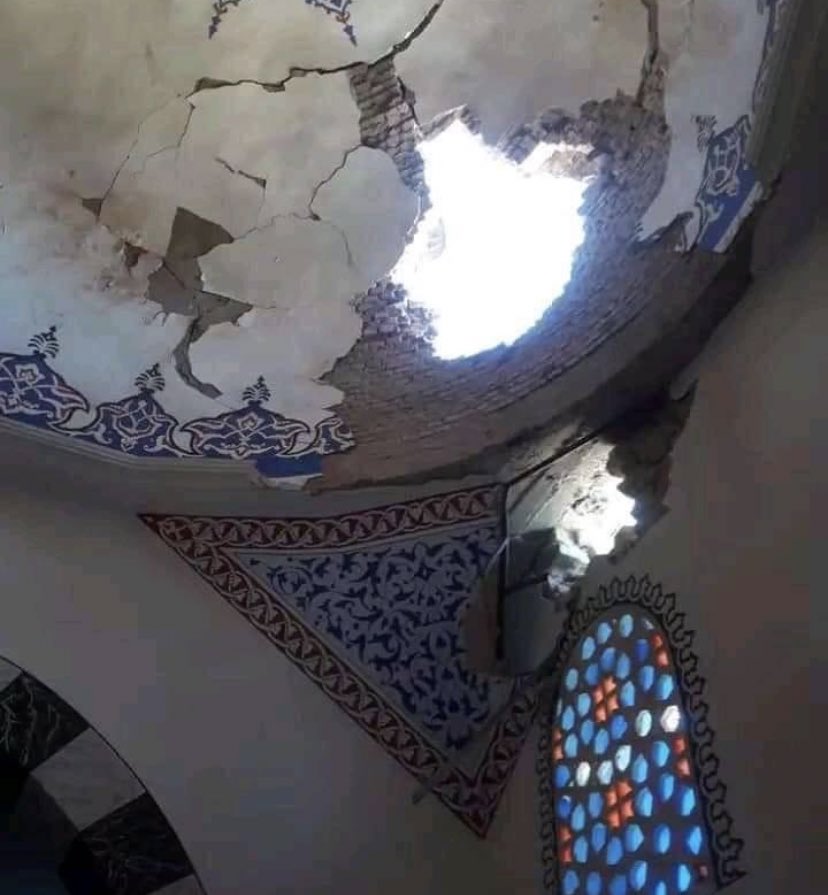
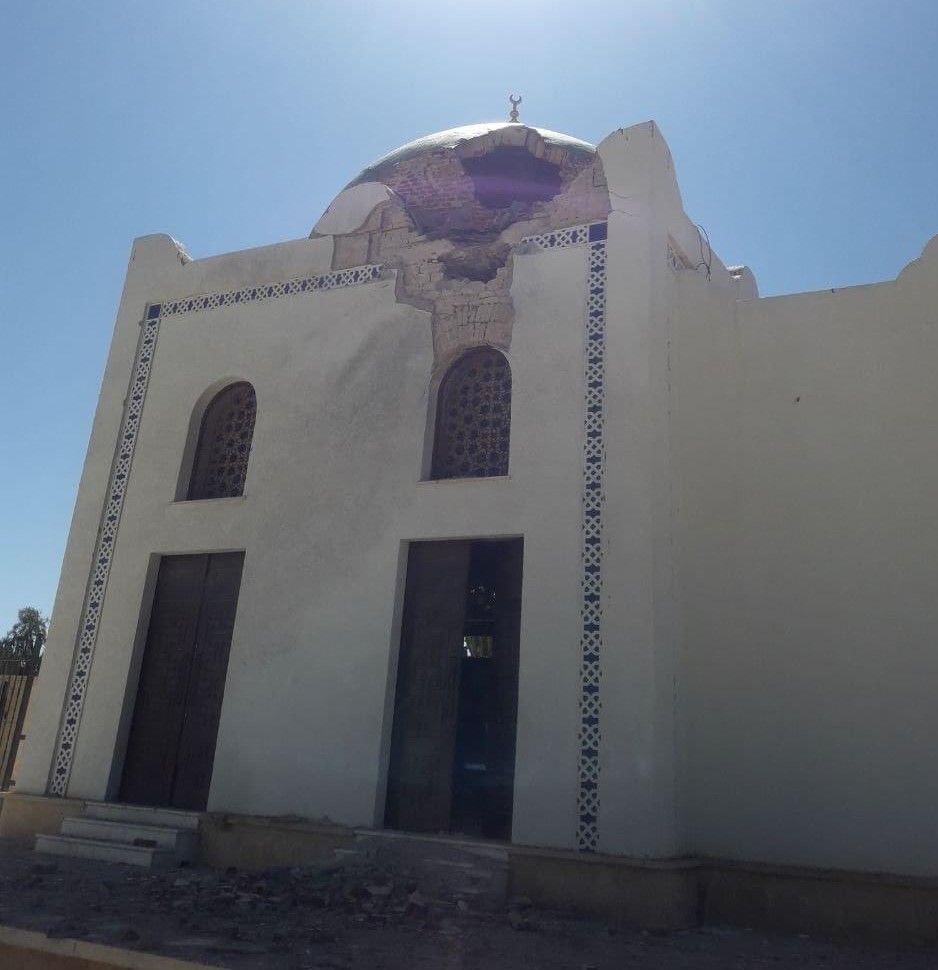
Another church around Negash named St. Amanuel Church has also been directly hit by artillery. The level of damage is unknown but a footage shows the bomb might have entered inside the church causing further destruction.
The fifth Century monastery of Debre Damo was reported to have been bombed by artillery and looted. This monastery hosts a significant collection of manuscripts and cultural objects. The catholic church in Adigrat was used as an army command center and the seminary building, water tanker and windows were affected from shelling fragments.
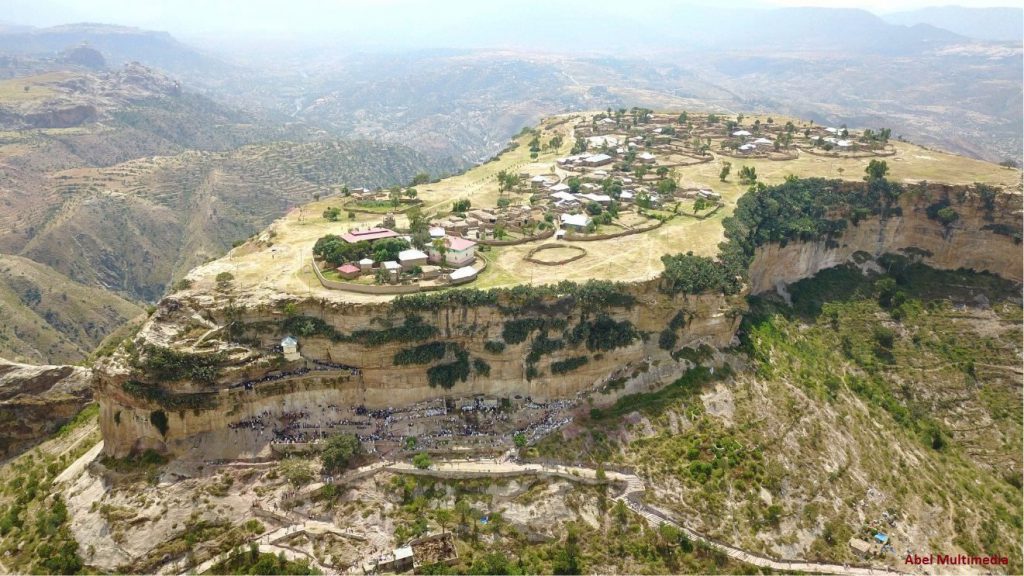
Many churches along the Ethio-Eritrea border have also suffered significant damage. The newly constructed Aba Zewengel Church building of Maebino Holy Cross monastery was reported to be demolished although it was not possible to confirm with images. Similarly, images of a heavily damaged Lgat Cherkos church in Zalambessa have appeared. From the images, it looks like the church has been directly hit by artillery.
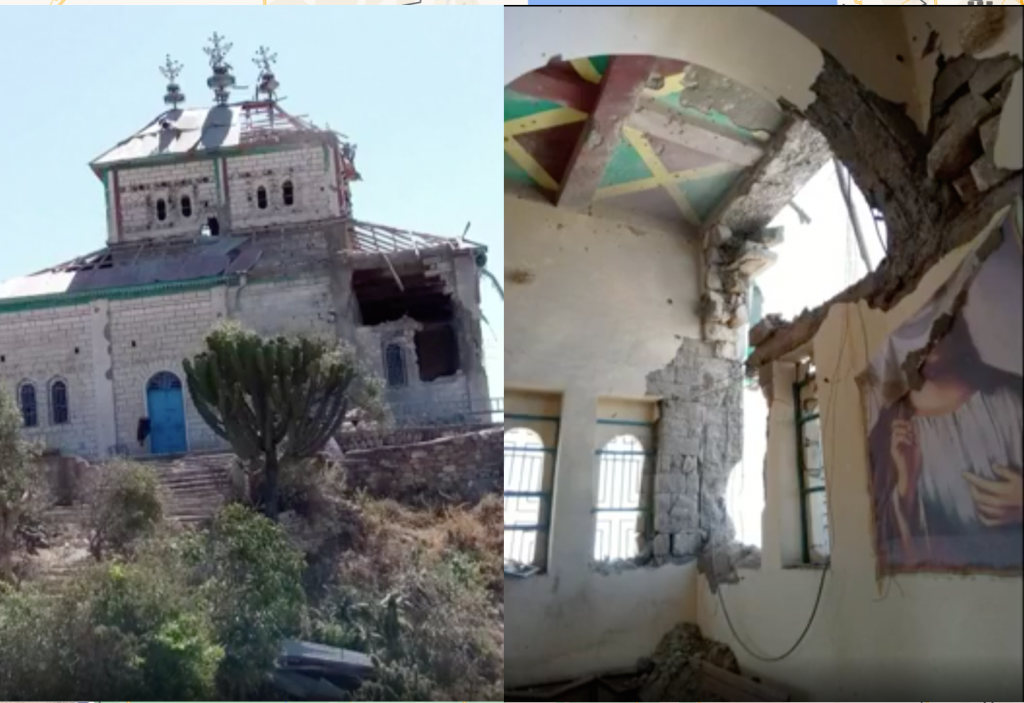
In addition to the damage caused by warfare there is evidence that cultural property in occupied territories have been intentionally destroyed. The most striking example for this can be seen in a video from Humera town (circulated on social media) which shows Ethiopian soldiers and militias supervising and cheering the demolition of a statue at the center of the town. This intentional destruction of a significant marker of Tigrayan identity indicates the possibility of similar destruction in other parts of Tigray.
Another very urgent cause for concern is the threat posed to many research and archaeological sites which remain vulnerable to looting and destruction. The archaeological site of Mai Adrasha on the outskirts of Shire city, where heavy conflicts occurred, is one of the oldest known settlements in Sub Saharan Africa and a site for ongoing archaeological digs. In a meeting with government representatives, an elderly community leader from Shire city said that the community was not able to bury the many bodies that have been left in the open in the Mai Adrasha because of security and bodies are left for hyenas.
Before the beginning of the war, there were around fourteen large scale archaeological excavations in Tigray. Heavy fighting has been reported around the archeological sites of Beta Samati, Mifsas Bahri, Adi Ketema (Adi Gorazu), Gulo Mekeda, Wukro Gaewa, and Yeha. The church and archaeological sites in Yeha were reported to have been looted by Eritrean soldiers on December 31 2020. Another looting in Yeha is also reported in the city and monastery of Abune Mezeraete in January.
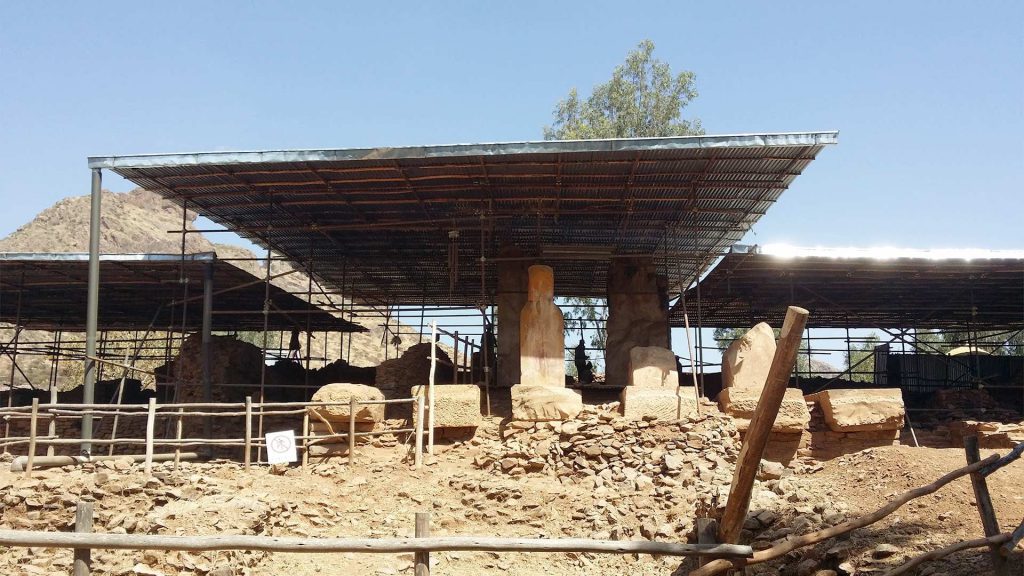
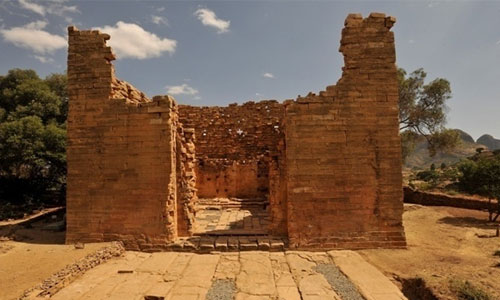
A final element of looting and destruction that has accompanied this current conflict has been one which targeted universities, hospitals and industries.
The universities in Tigray play the most significant role in scientific exploration and protection of heritage sites. Much of the restoration and heritage conservation activities in Tigray were being conducted by the universities in collaboration with the government.
What needs to be highlighted is that as a result of the communications blackout imposed by the Federal government since the outset of this war a complete picture of the exact extent of the destruction of heritage is yet not known. Various concerned parties have noted the risks to the cultural property of Tigray. The most recent appeal from the academic community was articulated by the Hiob Ludolf Centre for Ethiopian and Eritrean Studies. These concerns were also reflected in various news coverage of the war on Tigray.
The single greatest risk to the cultural property of Tigray is the complete blockade of communications including road, telephone and the Internet. Ethio Telecom—the only telecom service provider in Ethiopia—has announced that the resumption of telecom services in Tigray will not happen any time soon, increasing even more the risk to Tigray’s heritage. Many of the traditional heritage host institutions in Tigray depend on the community for protection. It is impossible to conduct rescue projects, report loss due to looting and assess the impact of the war without access to and means of communication. The information blackout also encourages actors with bad intentions. The restoration of communication should therefore be the first step in the protection of heritage in Tigray during this armed conflict.
Alula Tesfay Asfha is a post doctoral fellow at Goethe University of Frankfurt in the area of cultural heritage, architecture, and urbanism. He is also a lecturer at Mekelle University, Tigray.

Hadush Hailu
January 27, 2021 at 3:53 am
A well-articulated, timely and informative article that paints a realistic picture of the horrific situation ensued as a result of ill-advised action taken by the “two-evils, may be more, who shouldn’t be dignified by calling their names” to eradicate “Tigraway” from this earth.
Luwam
January 27, 2021 at 2:55 am
Thank you for the ARTICLE .It gives great insight on the danger the heritage are facing.
My question is how can I share this.There is no buton at the end for FB,Twitter etc like other websites.
Many Thanks
Tghat
January 27, 2021 at 10:12 am
You can simply copy the url (https://www.tghat.com/2021/01/26/tigray-heritage-at-risk-due-to-the-ar-on-tigray/) and share it.
Tghat
February 11, 2021 at 9:38 pm
There is now. But you can always copy the url and paste it where you want to share it.